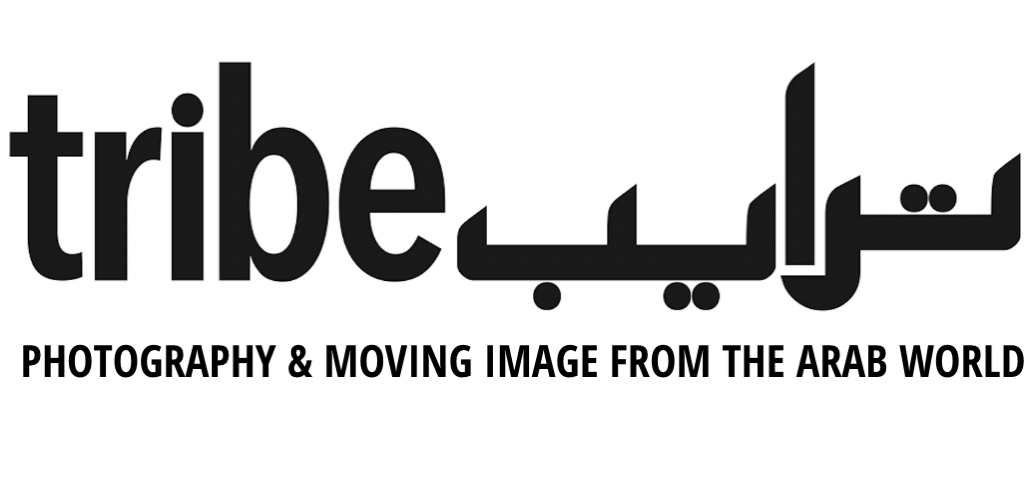Rula Halawani: The Bride is Beautiful, But She is Married to Another Man
A foundation in three chapters
Rula Halawani, X-rayed photos (2016). Courtesy of the artist.
With text by Laura Egerton, curator.
The element of time is always worth investigating in the photographic output of Rula Halawani. There is an acute directness and immediacy in the way she captures a moment, perhaps a skill left over from her decade-long work as a photo-journalist and yet what remains is something that feels part of history. Her life and work are defined by her experience of living in occupied East Jerusalem. Halawani’s latest series, commissioned by the Sharjah Art Foundation is made up of three distinct chapters that together effectively tell the Palestinian story.
The title references a historical passage from two Rabbis who visited Palestine in the late 19th century, recognizing that the land was inhabited by a flourishing society.
‘I feel in this project I did what I really wanted to achieve in photography.’ Says the artist. ‘Photography is a whole world by itself, you can do so much with it.’ Her practice is driven by experimentation: she was originally a mathematics student. A project often ends up vastly different from her original intention, but that is the beauty of it: ‘I don’t photograph with my eyes, I photograph with my heart, intuitively.’
Inspired by stories of incidents involving X-ray machines at Israeli checkpoints, the photographer decided to illustrate the effect that going through an X-ray has on a person. Spending time at checkpoints throughout occupied Palestine, she took photographs of the enclosures and machines that many Palestinians have to go through daily on film, which itself had been through the same X-ray treatment. After numerous journeys, the film was finally destroyed—it seemed nothing remained at all until she looked more closely. After scanning and adjusting the negatives in Photoshop, she uncovered ghostly images of the barricaded walkways and cages, they came up in a bluish coloration and she intentionally left the perforation marks intact. The artist explains: ‘The checkpoint began to epitomize the way Palestinian people are confined and trapped in small places with no freedom of movement under the occupation.’ They tell an anonymous story of a nation under siege.
What the artist experienced at the checkpoints, however, were personal stories. She asked individuals if she could photograph them, creating the second part of the series. ‘These ten images symbolize the whole population, says Halawani. They are Palestinians, that’s it.’ Each taken in front of the same old, stone wall, the facial expressions and poses captured in these portraits are mesmerizing. They are incredibly moving representations of humanity.
Their power is even stronger when seen alongside the final works in the series. Shot as if seen on television screens, the artist selected 28 images from the Matson Photography collection depicting Palestine pre-occupation, between 1900-1947. Initially intending to photograph scenes of occupied Palestine as they appeared on news bulletins in the UAE and France while a recipient of the Production Programme at the Sharjah Art Foundation and on residency at the Camargo Foundation last year, Halawani changed her mind and decided to use archival photographs instead. The final selection edits out pictures of massacres, the occupation, diaspora and instead focuses on ‘pictures of the beautiful life, how it was, how people were living before the occupation.’ It is fascinating to see the sophistication of life as it once was: the standard of hospitals, schools, transportation, culture, agriculture, and industry. It is also heartbreaking to compare it to the two earlier parts in the series, which represent where Palestine is now.
Much of the effectiveness of Halawani’s work comes from her decision to use black and white photography for contemporary shots. The way she manipulates and often damages negatives and the images she creates in shooting with old cameras are part of what makes her artwork unique and timeless.


